Posterior / Reverse Walker
Posterior or Reverse Walkers are placed behind the user. Weight bearing is down through the arms and hand placement is more to the sides than forward. The user pulls the walker forward. Research has shown that some people who walk with a reverse device have improved posture because neck elongation (extension) with chin tuck, shoulder depression and trunk and hip extension are encouraged. All of these are characteristics of a healthy upright standing and walking posture.
Cash on Delivery is not available for this products. For more info please call 0345-1425124
₨20,000.00
Walkers aid special children who cannot walk independently. Sometimes, children who can walk on their own use a walker to help them conserve energy or maintain balance when walking longer distances. There are two basic categories of walkers, anterior walkers and posterior walkers (also called reverse walkers).
Posterior or Reverse Walkers are placed behind the user. Weight bearing is down through the arms and hand placement is more to the sides than forward. The user pulls the walker forward. Research has shown that some people who walk with a reverse device have improved posture because neck elongation (extension) with chin tuck, shoulder depression and trunk and hip extension are encouraged. All of these are characteristics of a healthy upright standing and walking posture. Specifically, studies have shown that children with spastic diplegic cerebral palsy who tend to walk slowly with arms held in the high guard position and who can easily lose their balance backward without a walking device often benefit from a reverse walker. For these children, besides improving an upright posture, reverse walkers can facilitate a more natural and stable gait pattern with improved oxygen consumption, energy conservation, stride length and cadence.
- Type – C.P Walker for kids
- Square adjustable height
- Wheel type- Reverse
- Colour – Red
- Frame -22 mm Circular Pipe of 18 Gauge
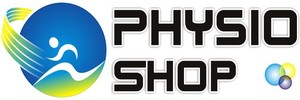

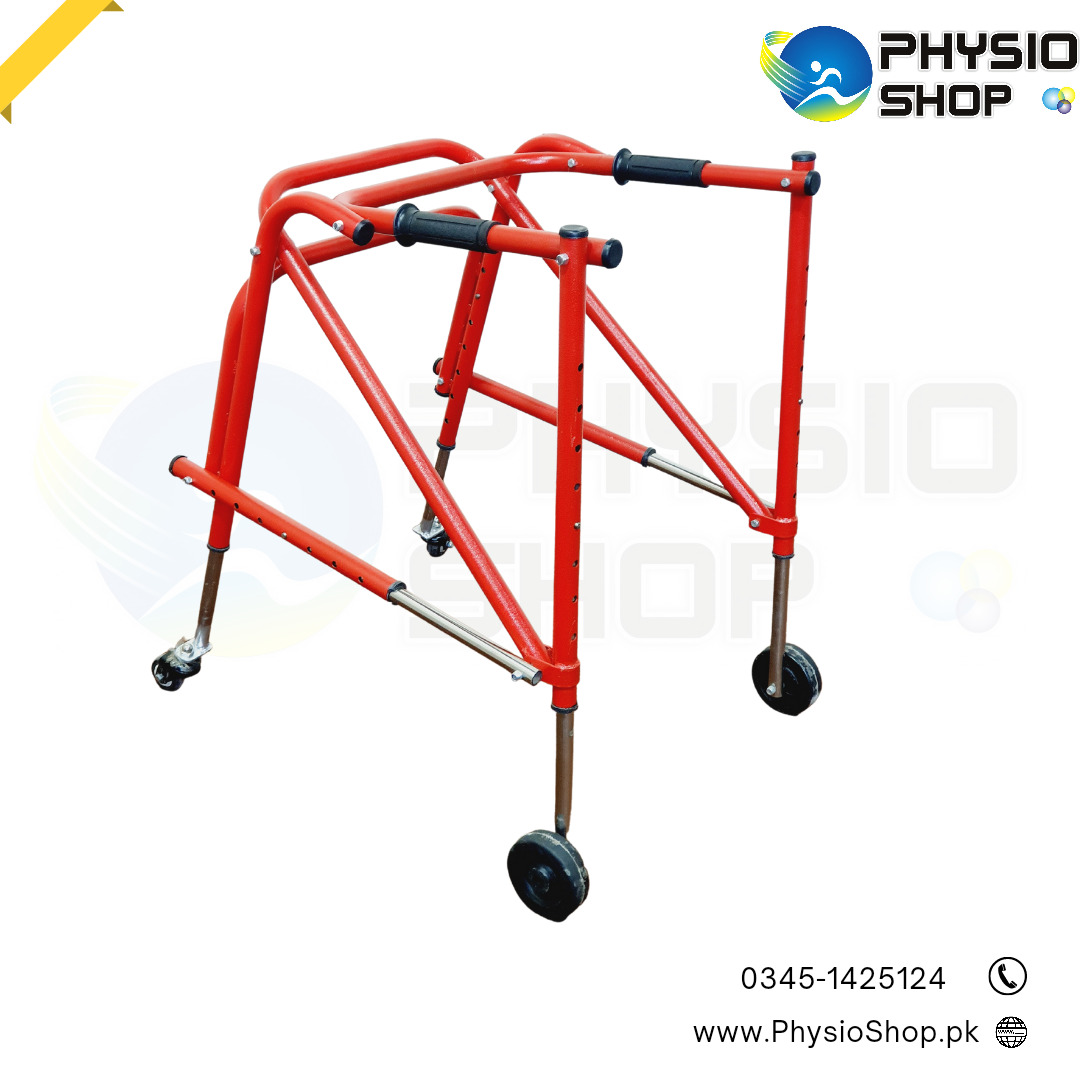
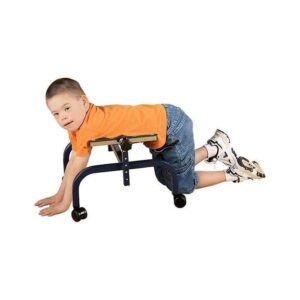
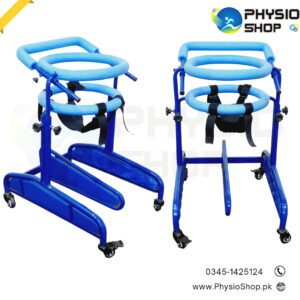
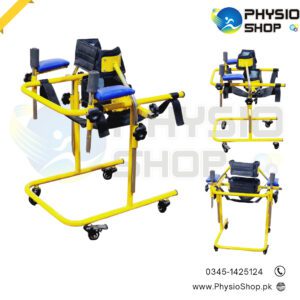
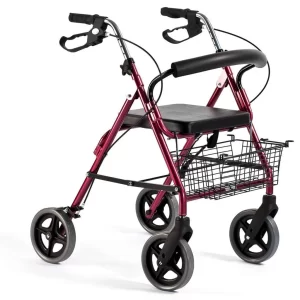
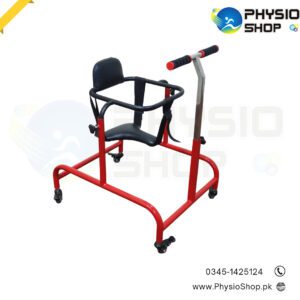
There are no reviews yet.